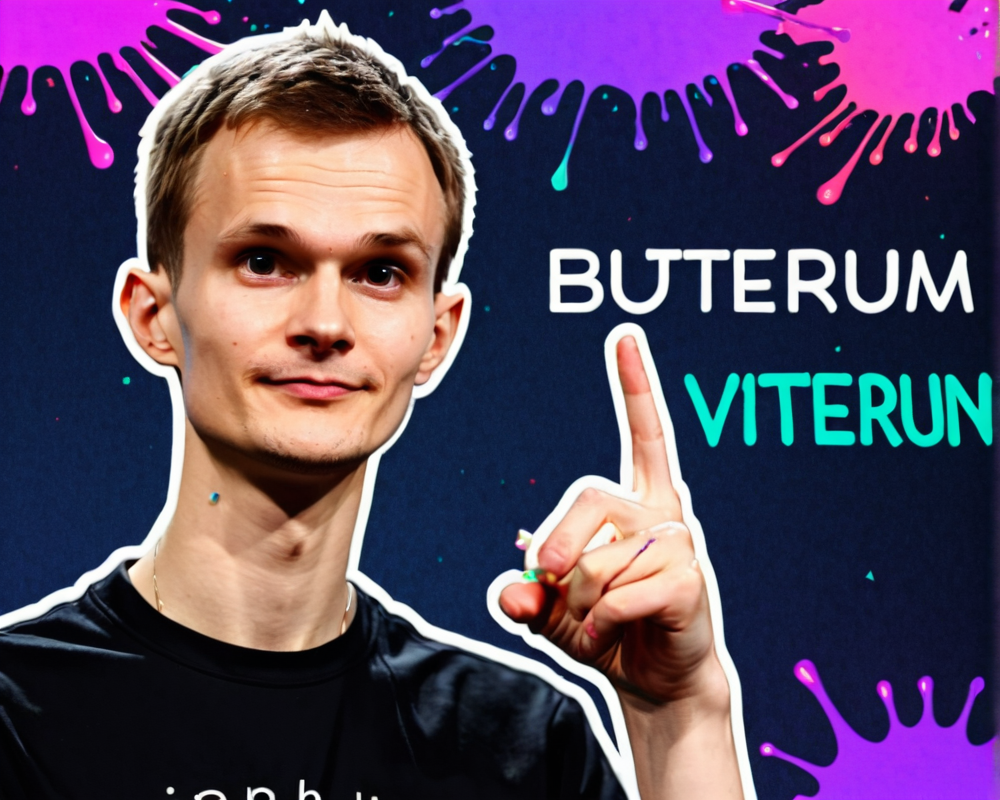The Heart of Ethereum: What Is Consensus?
In a recent blog post, Ethereum’s co-founder, Vitalik Buterin, sounded the alarm on the potential dangers of ‘stretching’ the Ethereum consensus mechanism beyond its core responsibilities. This mechanism, primarily focused on validating blocks and securing the network, gained significant attention after the pivotal shift to proof-of-stake during ‘the Merge’ in September 2022. It’s like asking your cat to learn ballet; fine in theory, but let’s be real—it’s not going to end well.
Don’t Overload Me, Bro!
On May 21, 2023, Buterin published a blog post titled “Don’t overload Ethereum’s consensus,” in which he cautioned against the risks of misusing the consensus framework for other functions. From price oracles to re-staking initiatives, all these ideas may seem sexy and shiny, but they might also bring high systemic risks. Think of it like inviting your party-loving cousin to a family gathering—things might get a bit too wild.
The Flimsy Nature of Proposals
Buterin’s argument focuses on how the blockchain’s core can become fragile when overloaded with extraneous functions. He elaborated, “There is a natural urge to try to extend the blockchain’s core with more and more functionality,” but cautions that this could lead to vulnerabilities. Notably, one high-risk scenario involves creating ETH/USD price oracles, potentially allowing validators to be bribed. Imagine Netflix allowing you to vote on the next season of a show—with a spoiler alert in each bribe!
Case-by-Case Approach to Oracles
While acknowledging the need for better oracles, Buterin advocates for a careful, case-by-case exploration of various issues. He emphasizes that treating every problem as similar is a rookie mistake. It’s like assuming every pet cat will love that new scratching post! Buterin’s clarity on this complex topic reminds us that just because a tool exists, doesn’t mean it should be used.
Embracing Minimalism Over Complexity
Buterin’s overall message rings clear: expand the duties of Ethereum consensus at your own peril! The increased responsibilities bring a slew of costs, complexities, and risks for validators, as he succinctly puts it: “We should instead preserve the chain’s minimalism.” He encourages developers to explore alternative strategies for achieving their security goals without pushing the boundaries of Ethereum’s role. In the world of blockchain, less can indeed be more—like adding just the right amount of hot sauce to your tacos!
The Road Ahead for Ethereum
As Ethereum transitions from proof-of-work to proof-of-stake, and with the recent Shapella upgrade allowing staked Ethereum withdrawals, the concerns surrounding validator responsibilities are increasingly critical. It looks like the journey ahead will require the community to tread cautiously yet wisely. Perhaps it’s time to put down the toolkit, folks, and focus on what Ethereum does best!




